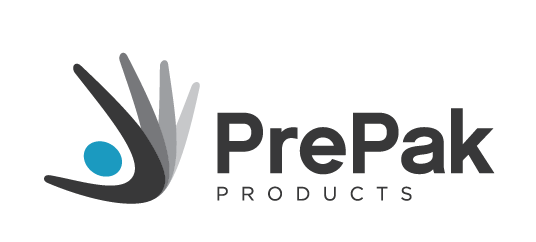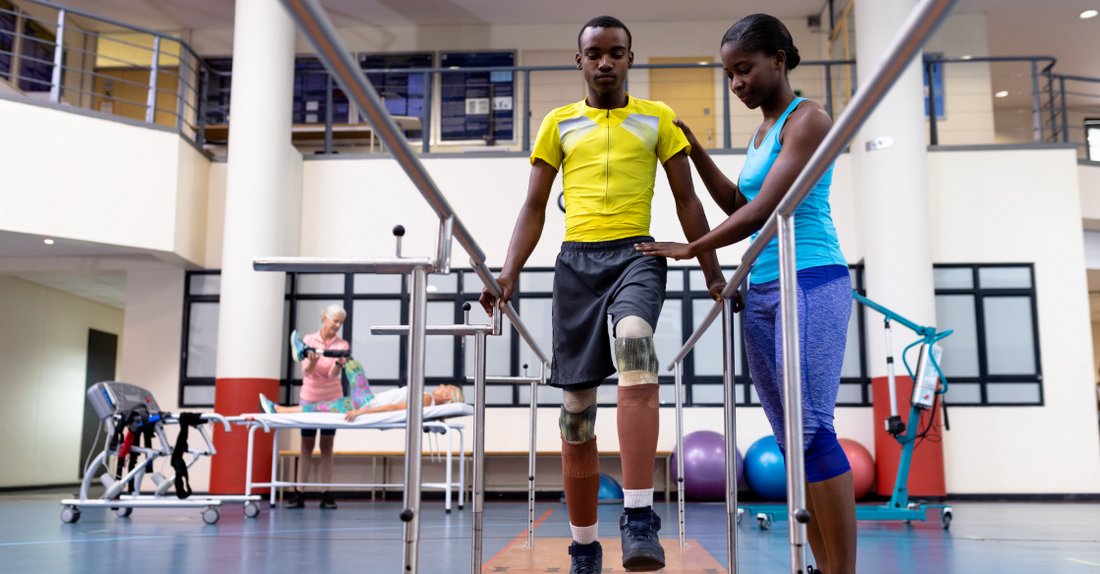A physical therapist is a licensed medical professional specializing in evaluating, diagnosing, and managing health and movement problems. In contrast to physicians, doctors of physical therapy do not prescribe medications or perform surgeries. Physical therapy treatments are oriented more around exercises, manual therapy, and functional training.
Physical Therapy Goals
Patients often approach physical therapists to help deal with pain or to help with recovery from injury, illness, or surgery. Physical therapists will use hands-on care, education, and prescribed exercises to restore or improve functional movements, help control pain without medications, and lessen the impact of disease symptoms.
Should I Try Physical Therapy?
Physical therapy is a great option for people looking to improve their fitness or speed their recovery from most illnesses and injuries. It’s also a great early intervention for people hoping to avoid more serious interventions down the road. Caught early enough, for example, a physical therapist can help heal a shoulder injury that might otherwise require surgery if neglected.
Insurance covers physical therapy in many cases. You might need a referral from your doctor first, so be sure to check before you make an appointment.
Different Types of Physical Therapy
There are several different forms of physical therapy. The American Board of Physical Therapy Specialties currently offers certification in ten areas, including:
Geriatrics
With a focus on the unique needs of an aging population, geriatric physical therapy intends to restore mobility, reduce pain, and increase fitness with accommodations for physical limitations associated with arthritis, cancer, balance disorders, Alzheimer’s, and other issues affecting older adults.
Pediatrics
Pediatric physical therapy helps infants, toddlers, children, and adolescents, emphasizing early detection of problems that might inhibit natural movement. Special knowledge is required relating to acute injury, congenital disabilities, orthopedic disabilities, and developmental delays.
Neurology
Neurological physical therapy deals with impairments and conditions related to the nervous system. These can range from spinal cord injuries to multiple sclerosis, Parkinson’s, Alzheimer’s, and cerebral palsy. Physical therapists focus on helping clients adapt to impairments of balance, mobility, muscle loss, and a sight to maintain autonomous and independent function for as long as possible.
Sports
Sports physical therapists work with professional and amateur athletes to improve performance and prevent injury and injury recovery.

Cardiovascular/Pulmonary
Cardiopulmonary physical therapists work with patients dealing with heart and lung issues, including recovery from heart attacks, chronic obstructive pulmonary disease, and lung fibrosis.
Electrophysiology
Clinical electrophysiology within physical therapy specializes in using electricity to monitor, measure, and produce physiological responses. They use electrodiagnostic and electrotherapeutic tools to stimulate and interpret physiological conditions, then use their results to propose subsequent management options.
Oncology
Oncology physical therapy helps cancer patients with the effects of the disease and its treatments, helping them regain function and mitigate pain.
Orthopedics
An orthopedic physical therapist works with patients to restore function to the musculoskeletal system. This is often what we think of when we think of physical therapy: exercises for endurance and strength, joint mobilization, ultrasound, stretching, electrical muscle stimulation, etc.
Women’s Health
Physical therapists who specialize in women’s health work specifically with pregnancy and postpartum care, pelvic floor dysfunction, pelvic pain, incontinence, and pre and post-treatment for surgeries such as hysterectomy and cesarean.
Wound Management
The wound care specialization gives physical therapists expertise in evaluation, treatment, and recovery from wounds. The PT uses their knowledge of anatomy, movement, and tissue healing to work in conjunction with a patient’s medical team to make a return to function as smooth and easy as possible.
Physical Therapy at Home with PrePak Products
Whatever type of physical therapy you're undergoing or starting, PrePak has a selection of products that will make your PT journey a breeze. You can use our products in the office or at home. We also offer instructional videos and content for a range of physical therapy goals. Let us help you achieve your goals and maximize your wellbeing!

